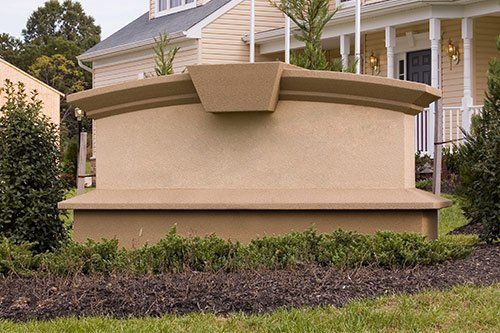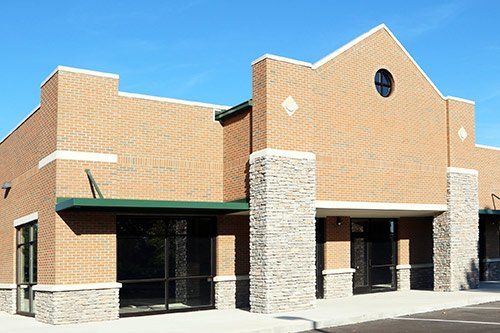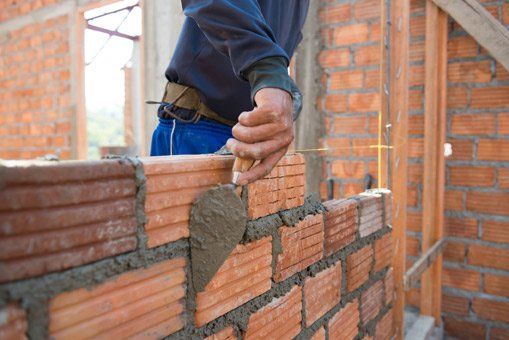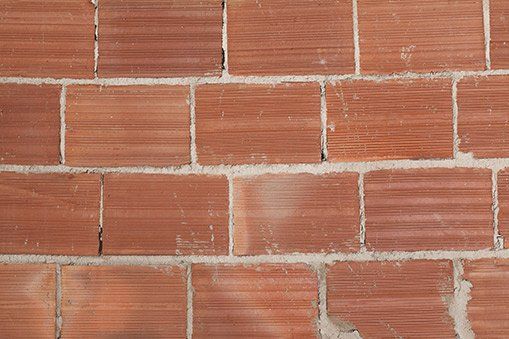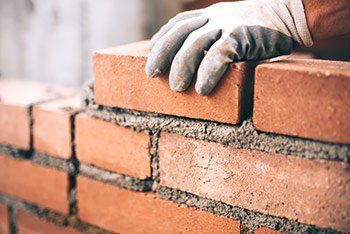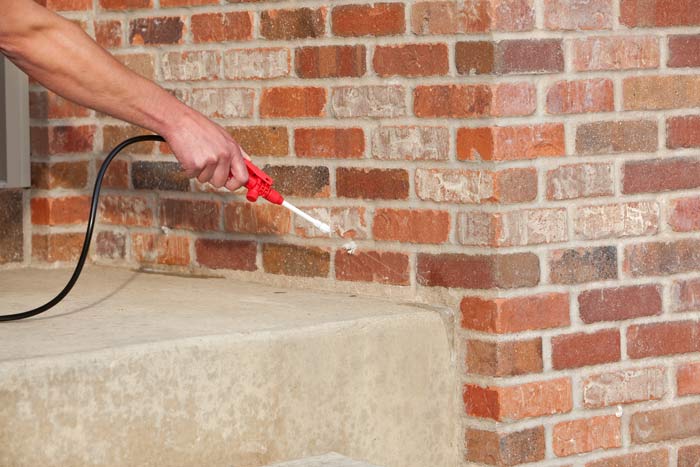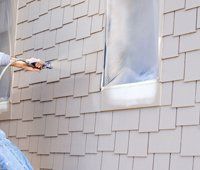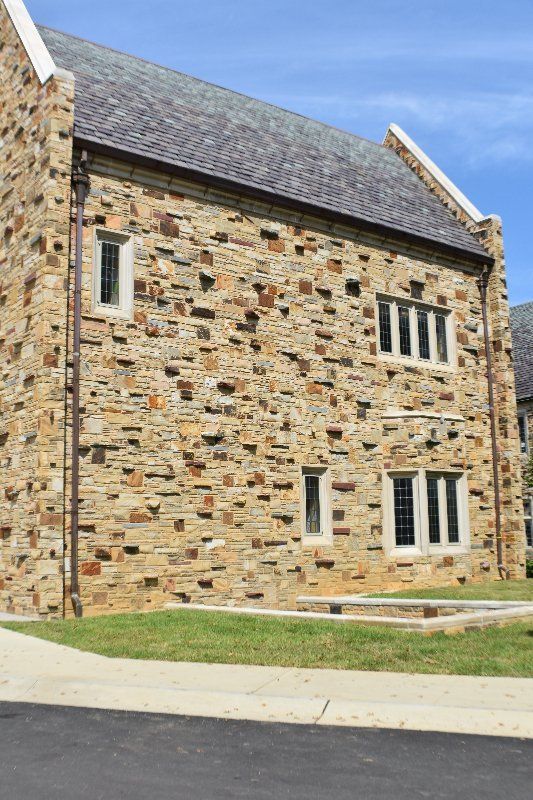What You Need to Know About Sustainable Building and Masonry
- By Admin
- •
- 21 Jun, 2017
- •
You want your building to look good. But you also want it to be good for the environment. Whether you're starting from scratch or revamping the exterior of your office, sustainability may be a word that keeps coming up as you're starting construction. If the environment is on your mind as you build, take a look at what you need to know about masonry and sustainable structures.
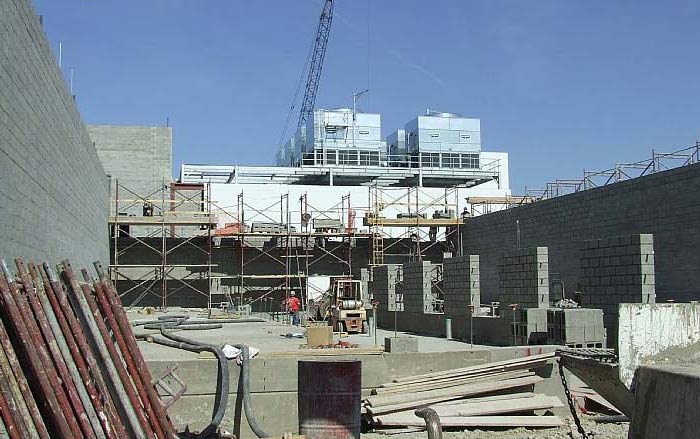
LEED Certification
LEED certification refers to the Leadership in Energy and Environmental Design. Builds that are LEED-certified use resources efficiently. This means they have lower energy and water requirements and release lower amounts of emissions. Not only are LEED-certified buildings resource-efficient, but they are also typically cost-efficient (compared with non-LEED constructions). According to the U.S. Building Council, 92.2% of LEED-certified new buildings improve energy performance by at least 10.5%.
Sustainable Masonry
How can masonry be sustainable? To start with, the type of material your building is made from can improve or reduce energy costs. A material such as concrete masonry is low-maintenance and lasts for the long-term. When concrete is torn down, it can be recycled and reused for new building projects. That means you may be able to reuse existing concrete masonry or choose sustainable products that are made from recycled concrete (depending on your project's needs).
Energy-Efficiency and Construction
Masonry materials absorb heat, store it and then gradually release that heat. What does that mean for your building? It allows the interior of the building to stay warmer or cooler, depending on the season, longer. This reduces the cost of your heating and cooling. It also reduces the environmental impact that your building's HVAC system has. You'll have fewer temperature fluctuations and use less energy to keep everyone inside of the building comfortable, in comparison to using other building materials such as siding.
NO VOC's
What are VOCs? Volatile Organic Compounds (VOCs) are something you probably have heard about a lot when it comes to the environment, air quality, health and safety. VOCs are gases emitted from some solids or liquids, such as paints and other chemical compounds. There are plenty of building materials that emit harmful VOCs. The health effects of VOCs include eye and respiratory tract irritation, dizziness, headaches and memory difficulties. Sustainable masonry products typically don't contain VOCs. Materials such as clay, limestone, sand, and gravel won't cause harmful emissions of these hazardous gases.
Durability and Longevity
Don't confuse eco-friendly with not-so-durable. Just because a building is "green" doesn't mean that it can't stand the test of time. Actually, it's the exact opposite. Sustainable buildings are specifically made to stay around for long periods of time. Constantly putting up and tearing down constructions uses energy and resources. But, a long-term construction with a masonry exterior is resilient and durable. For example, brick has a life-span that reaches to 100 plus years, according to the National Institute of Standards and Technology. It's not uncommon to see a brick masonry structure that was built more than a century ago still standing.
A Smart Start
So you've decided to go for a green, sustainable building. You've picked a masonry exterior and you're ready to go. Before diving into your project, the first step is to plan and collaborate with energy-efficiency and sustainable building pros. Whitney-Anderson Building Group has worked on LEED-certified projects. A company that has experience in these type of projects, and is capable of fulfilling LEED-certification requirements, can help you address the issues surrounding sustainability. This includes choosing the best masonry materials for your job and for the environment.
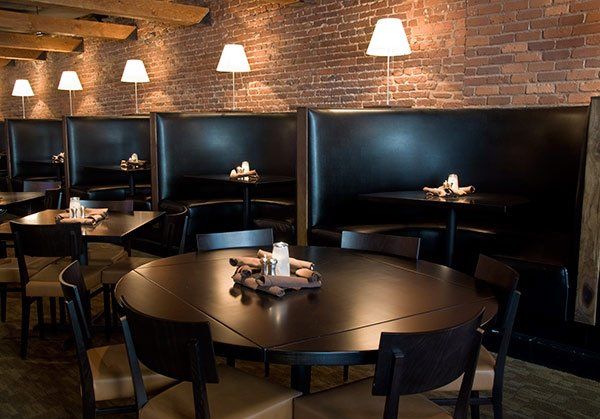
People who want to open a new restaurant likely struggle to stand out in a crowded field. However, new restaurants can catch the eye of potential customers and draw them into their dining area by focusing heavily on exterior curb appeal. For example, a brick exterior provides many benefits that new restaurant owners need to understand.
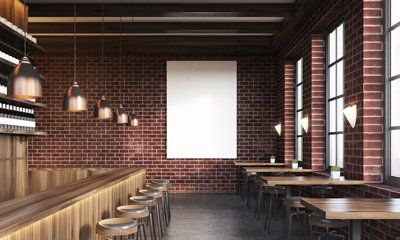
Brick is known for its superior durability and strength, but its benefits don't stop there. Brick is also a stylish, timeless and versatile material that can transform your restaurant into a truly unique and enjoyable space. If you're looking for a way to attract new customers and give your existing customers a refreshed experience, brick design offers a variety of options.

